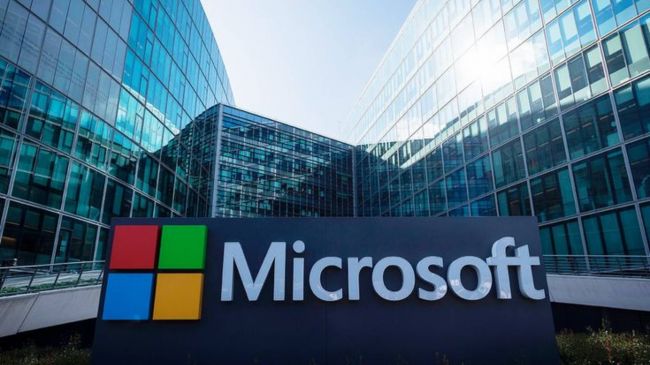Microsoft Ends Blue Screen of Death with New Black Screen
by Isabella Wallace - 6 months ago - 2 min read

Microsoft is ending the era of the Blue Screen of Death (BSOD), a symbol of system failure that has been familiar to generations of Windows users. The company announced that the infamous blue error screen will be replaced by a new Black Screen of Death in an upcoming Windows 11 update, rolling out later this summer._1751002912.png)
A New Look for Critical Errors
The redesigned error screen abandons the blue hue, sad face emoji, and QR code in favor of a minimalist black backdrop with streamlined text. The new screen will display both the stop code and the faulty driver, providing IT administrators with clearer diagnostics and reducing the need to dig into crash dumps with specialized debugging tools. According to Microsoft’s VP of enterprise and OS security, David Weston, the change aims to improve clarity and help users and support teams quickly identify the cause of a crash.
Response to High-Profile Outages
This overhaul is part of Microsoft’s broader Windows Resiliency Initiative, which was accelerated by last year’s CrowdStrike incident. That outage caused millions of Windows systems worldwide to crash and display the BSOD, highlighting the need for better crash recovery and diagnostics. Microsoft’s new approach includes a Quick Machine Recovery feature, designed to revive unbootable systems rapidly and automate fixes during widespread outages, minimizing manual intervention by IT staff.
Streamlined User Experience
The Black Screen of Death will feature a shorter, more concise message and a progress percentage for restarts, dropping the frowny face icon that had become a pop culture reference over the years. This new interface is intended to reduce user anxiety and align with Windows 11’s modern design principles, while still providing essential technical information for troubleshooting.
The Road Forward
Microsoft’s decision to retire the blue error screen after nearly 40 years signals a shift toward a more resilient and user-friendly Windows experience. The company emphasizes that while the color and presentation are changing, the underlying purpose remains: alerting users to critical system issues and helping them recover quickly. The update will be available to all Windows 11 devices running version 24H2 or later this summer.